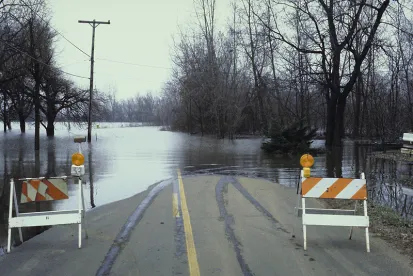If you happen to drive, ride a bus, take the train, or hop in the occasional Uber or Lyft, you’ve likely experienced the deteriorating nature of roads and general infrastructure throughout the United States. Often littered with potholes, plagued by delays and cancellations, or just simply congested to the point of being useless, U.S. infrastructure is in dire need of rejuvenation. Just as manufacturers like Tesla, Ford, Mercedes, Apple, or General Motors race to roll out the newest and most advanced form of AV software and autonomous vehicles, drivers around the United States continue to wonder if American infrastructure will even be able to support the mobility 2.0 revolution when these new technologies hit the roadways. While the political environment around the United States feels more divided than ever, one thing most Americans do agree on one thing: immediate infrastructure investment.
A recent Gallup Poll found that over 3 out of 4 Americans support President Trump’s $1+ trillion plan to improve aging infrastructure around the United States, including investment in repairing and replacing roads, bridges, and tunnels. Although getting the necessary political support has been a challenge in the present environment, the wide-spread public support is built on necessity. Nearly 0.7 out of every 10 miles of roadway in the United States are rated to be in poor condition, almost 1 in 10 U.S. bridges are structurally deficient yet still used on a daily basis, and 17% of dams are at risk of a functional failure that if they failed, would result in loss of life. While the catastrophic failures, such as bridge collapses or commuter trains derailing, are more the exception than the rule, congestion, delays, and vehicle damage are real every day occurrences for the average consumer and take a toll on consumers and businesses alike.
The damage caused by infrastructure issues isn’t just a physical one, though, it’s also economic. It hurts communities’ ability to grow, impacts residents’ quality of life, and even presents a public safety issue. For many cities and municipalities, the funding to maintain and repair roads is the bulk of the problem, but another is simply the ability to diagnose and proactively repair failing infrastructure without wasting precious resources doing that simple investigation. Many times fixing damaged pavement does not occur until surface wear and distress begins to develop, absent coring or other preventative studies conducted on the roadway to assess a road’s remaining lifespan. Although there are resources such as ground penetrating radar, which allows the local Department of Transportation to see below the surface and measure roadway thickness or detect anomalies, many times such systems are constrained by resource availability, including physical and monetary resources.
This leads to the question of if self or nearly self-driving driving cars, equipped with downward facing radar systems used for navigation, might be a valuable resource for cities and Departments of Transportation to use for understanding what happens below the surface of their roads. In a recent article by Wired titled Self Driving Cars Should Look Down, Not Just Ahead, Wired noted how the Boston based company, WaveSense, is using ground penetrating radar as a navigational tool for self-driving cars to use during winter months. In the article, Wired notes that during times of inclement weather, normal physical waypoints, such as lane markers, are often obscured, which makes simple navigation a challenge for autonomous vehicles. As a way around this issue, WaveSense believes mapping the subterranean environment and using findings such as infrastructure, rocks, roots, and other fixed anomalies, and combining those datapoints with the surface images will provide an unobscured map for autonomous vehicles to use year round.
By 2025 it is expected at least 8 million autonomous capable vehicles are to be sold and added to U.S. roadways, if not more. When you combine that volume with the possibility of all having downward facing radar capable of seeing below the surface, the source of data for local municipalities to use for intimate understanding of their roadways could revolutionize the way cities attack infrastructure maintenance. Shifting from a reactive to a proactive model, this wave of new and constantly updating data has the potential to possibly saving consumers from countless hours of delays and millions, if not billions, of wasted tax dollars.



 />i
/>i

